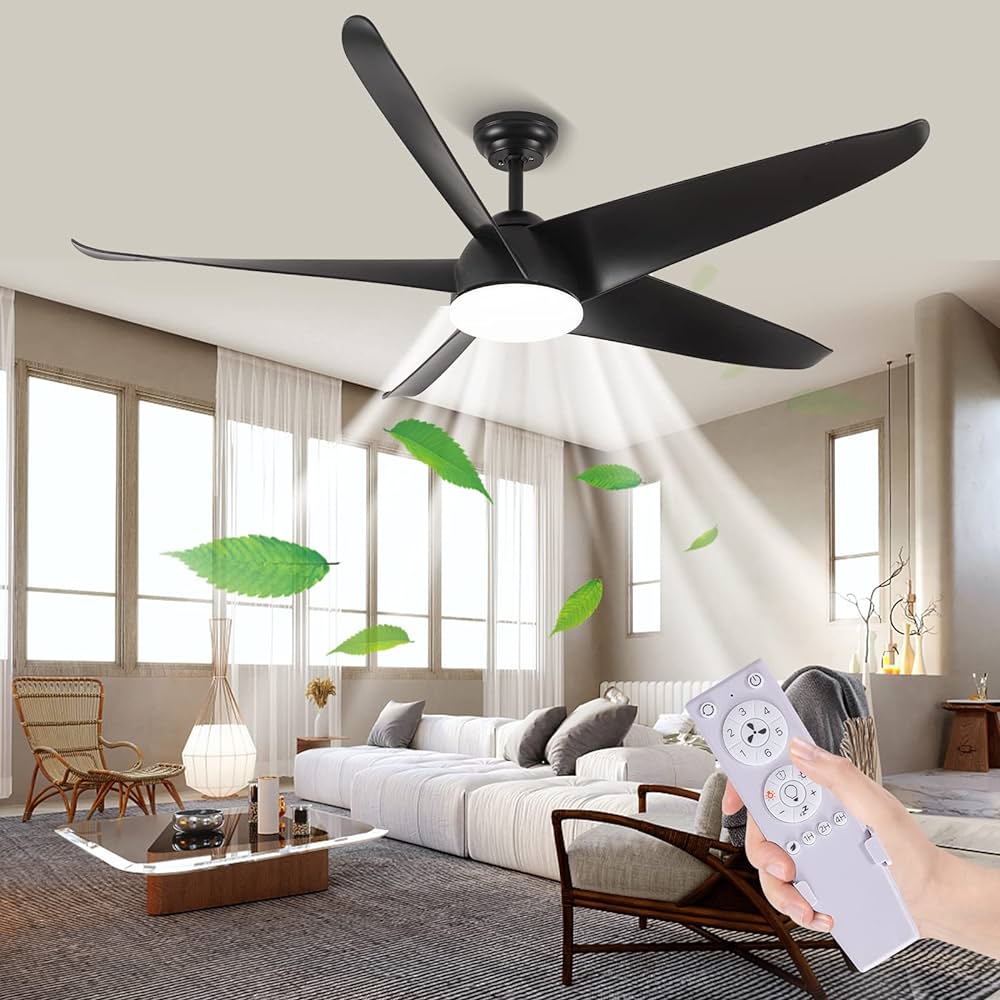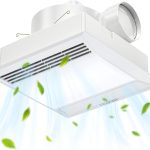Outdoor ceiling fans with lights combine functionality and aesthetics, offering comfort during warmer months while illuminating your outdoor living spaces. Whether it’s a patio, deck, or porch, these fans can transform your outdoor areas into a cozy and inviting extension of your home. This article delves into the advantages of installing outdoor ceiling fans with lights, the considerations to keep in mind when choosing the right fan, and the latest trends in design and technology.
Contents
The Dual Benefit of Outdoor Ceiling Fans with Lights
Cooling and Lighting Combined
Outdoor ceiling fans with lights serve a dual purpose that makes them a valuable addition to any outdoor space. The fan mechanism provides a cooling breeze, essential for enjoying your outdoor area during hot days, while the integrated lighting extends the usability of your outdoor living spaces into the evening. Integrated designs mean you don’t have to choose between installing lighting or a fan where ceiling space is limited, providing a practical solution for both needs in one installation. Exploring the various ways these fans contribute to the comfort and ambiance of outdoor settings could further illuminate their functional appeal.
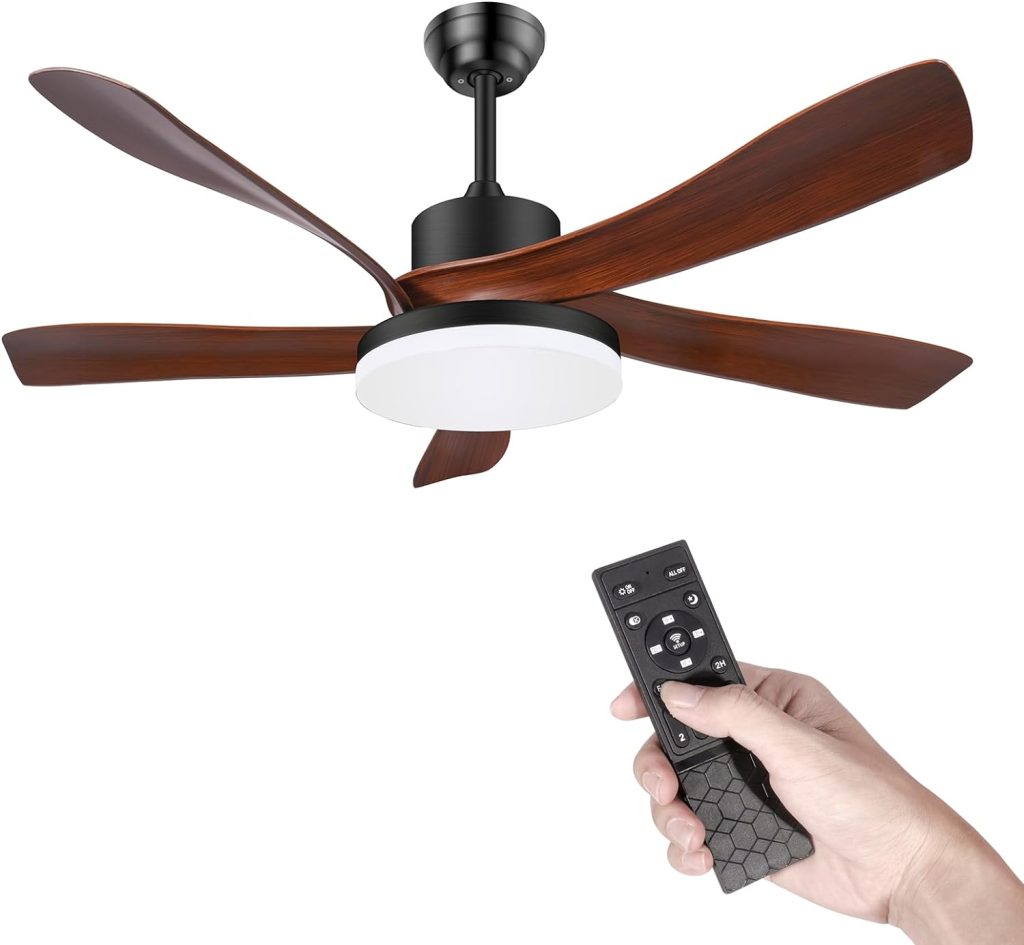
Energy Efficiency and Cost Savings
Combining an outdoor ceiling lights can contribute to significant energy savings, especially in climates with hot summers. Fans use less electricity compared to air conditioning units, making them an eco-friendly option to cool down. Moreover, many models come with energy-efficient LED lights, further reducing your carbon footprint and electricity bills. The section could include a detailed analysis of potential savings over time, emphasizing the cost-effectiveness and environmental benefits of choosing an integrated fan and lighting system for outdoor spaces.
Choosing the Right Outdoor Ceiling Fan with Light
Understanding Outdoor Ratings
Not all ceiling fans are suitable for outdoor installation. Outdoor ceiling fans are specially designed to withstand various weather conditions, categorized under damp or wet ratings. Damp-rated fans are ideal for covered outdoor areas protected from direct rain, like covered patios or porches, while wet-rated fans can handle exposure to rain and moisture, making them suitable for more open or partially covered spaces. This portion of the article would focus on the importance of selecting a fan with the appropriate rating for your space, including safety considerations and durability over time.
Features and Technologies
When selecting an outdoor ceiling fan with light, the range of features and technologies available can be overwhelming. From remote controls and smart-home compatibility to variations in lighting options like dimmable LEDs and color-changing bulbs, these features enhance usability and personalization. A comparison of the latest technologies integrated into these fans could help readers identify which features align with their needs and preferences, possibly including feedback from users about the practical benefits and any limitations they’ve encountered.
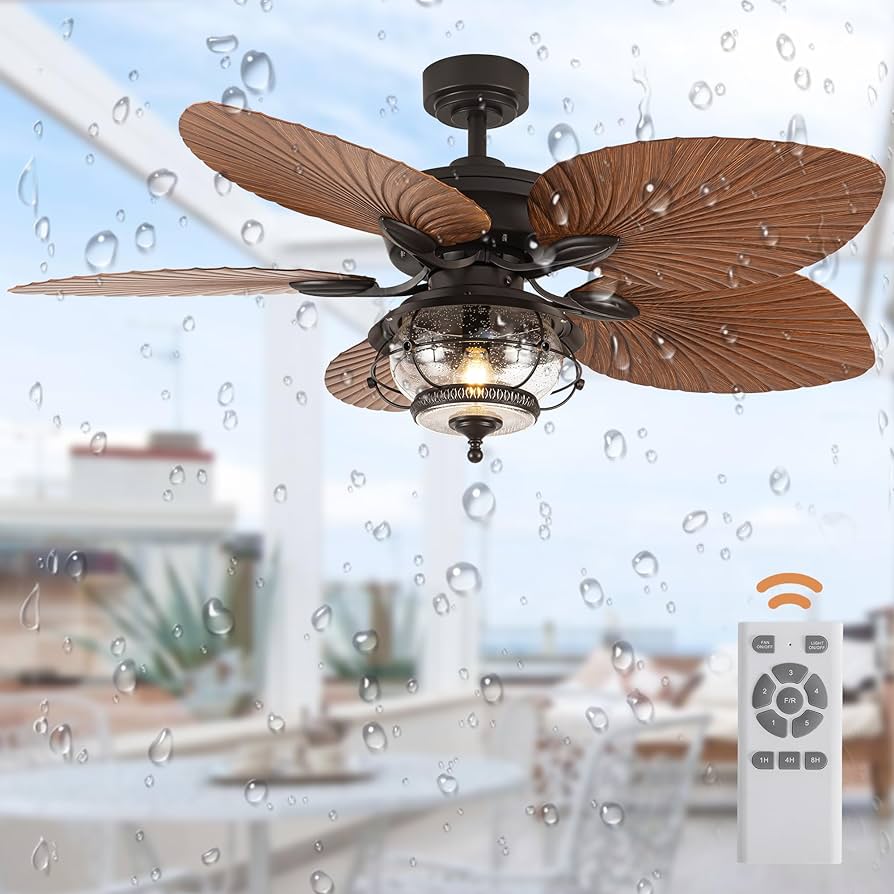
Installation and Maintenance Tips
Professional vs. DIY Installation
The decision between professional installation and DIY depends on the complexity of the fan model, existing outdoor wiring, and the homeowner’s comfort with electrical projects. While some may choose to install the fan themselves, professional installation can ensure that all safety standards are met, especially for fans that require new wiring or are being installed in challenging locations. Discussing the factors that might influence this decision, including potential installation challenges, could guide readers in making the best choice for their circumstances.
Long-term Care and Upkeep
To ensure the longevity and optimal performance of an outdoor ceiling fan with light, regular maintenance is crucial. This includes periodic cleaning of fan blades to maintain efficient airflow. Checking and tightening any loose parts to reduce wobble, and replacing light bulbs as needed. For fans in coastal areas, additional care may be necessary to prevent corrosion from salt air. A section devoted to maintenance tips, perhaps even including a seasonal checklist, could empower readers to keep their fans in top condition for years to come.

The Dual Benefit of Outdoor Ceiling Fans with Lights
Maximizing Outdoor Enjoyment
An outdoor ceiling fan with light is a great addition to any al fresco setting, enhancing enjoyment through providing a cool breeze and adequate lighting. The fan’s airflow can deter pests and create a comfortable environment even during warmer weather, while the light allows for evening entertainment and relaxation. A well-placed fan can illuminate key areas like dining tables and seating arrangements, ensuring that as daylight fades, the outdoor activities can continue unhindered. This section could provide insights on optimizing placement and the types of lighting best suited for various outdoor scenarios.
Aesthetic Impact and Ambiance
Beyond functionality, outdoor ceiling fans with lights can significantly contribute to the ambiance and overall aesthetic of an outdoor space. The market offers a variety of styles, from rustic to modern, allowing homeowners to find a fan that complements their exterior decor. The soft light emitted from the fan can create a warm, welcoming atmosphere. While the fan itself can serve as a focal point or seamlessly integrate with the design of the space. An exploration of design trends and tips for aligning fan style with existing decor could encapsulate this topic.
Choosing the Right Outdoor Ceiling Fan with Light
Sizing and Scale
When it comes to outdoor ceiling fans with lights, size does matter. A fan that is too small may not provide adequate airflow for the intended area. While one that is too large could overwhelm the space or be less efficient. The correct size ensures balanced aesthetics and functionality. Homeowners should take into account ceiling height, room dimensions. And scale relative to other outdoor features. This section could delve into how to measure for the ideal fan size and the typical sizing guidelines professional installers follow.
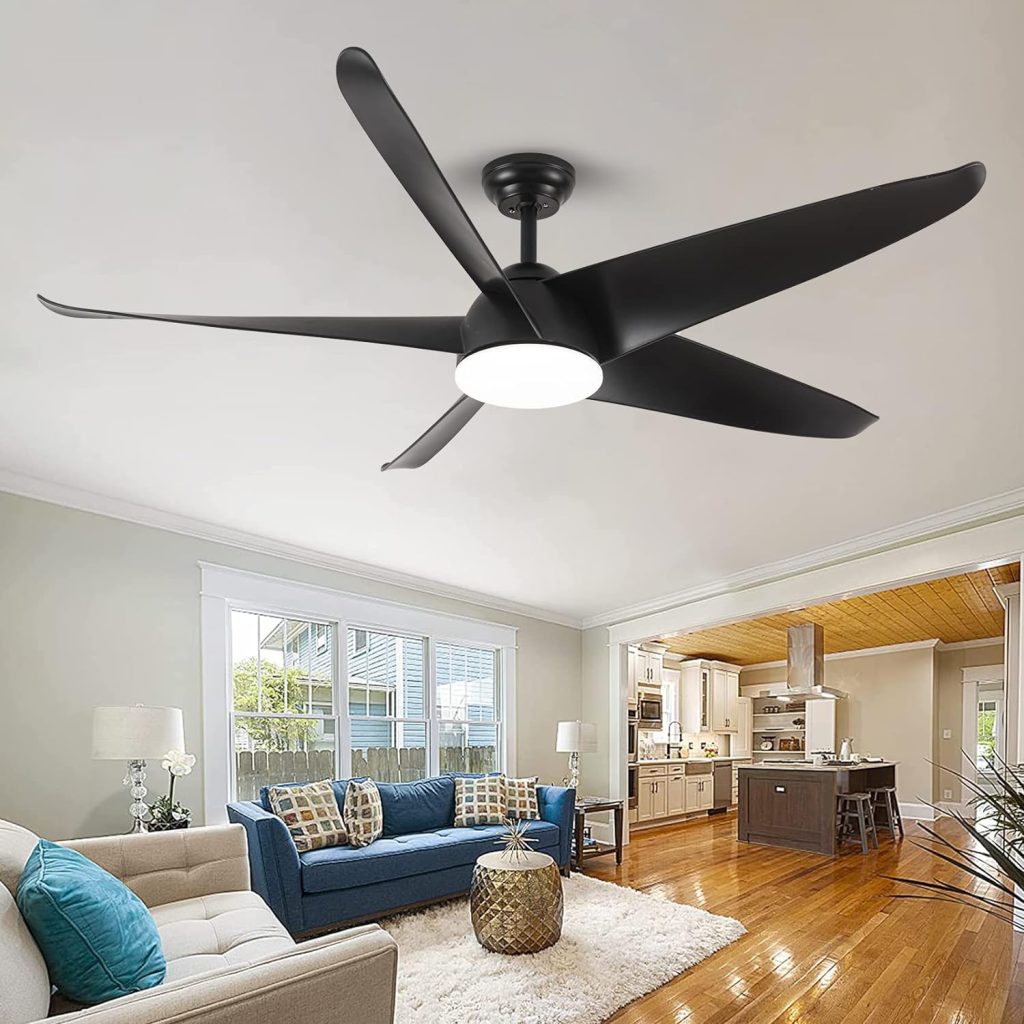
Adaptability to Outdoor Conditions
Outdoor elements such as sun exposure, humidity. And temperature can affect the performance and durability of an outdoor ceiling fan with light. Selecting materials that can bear the weather in a particular region. Such as stainless steel, weather-resistant finishes, or moisture-resistant woods—is critical. Some outdoor fans are equipped with UV-resistant light diffusers to prevent yellowing over time. Or have motor casings designed to repel water and prevent rust. This segment would highlight the importance of choosing fans designed to resist specific environmental conditions and offer advice on materials and features to look for.
Installation and Maintenance Tips
Safety Features and Regulations
Safety has to be paramount when installing an outdoor ceiling fan with light. Factors such as proper wiring, the presence of a Ground-Fault Circuit Interrupter (GFCI). And adherence to local building codes are crucial to reduce the risk of electrical hazards. Fans should be installed at an appropriate height, preventing accidental contact while ensuring efficient air circulation. A safety-centered section would underscore best practices to follow during installation. Including the role of professional electricians and the importance of verifying product certifications and safety features.

Seasonal Adjustments and Upkeep
The maintenance of an outdoor ceiling fan with light may need to be adjusted seasonally, especially in regions with significant climate changes. During colder months, for example, fans can be set to run clockwise to circulate warm air that rises, which is a little-known feature that can extend the use of the fan throughout the year. Regular checks to confirm the lighting is operational. And that the fan is balanced will help prolong the unit’s life and functionality. This final portion could offer a how-to on adjusting fan settings for different seasons and detail preventative maintenance tasks to combat wear from outdoor elements.
